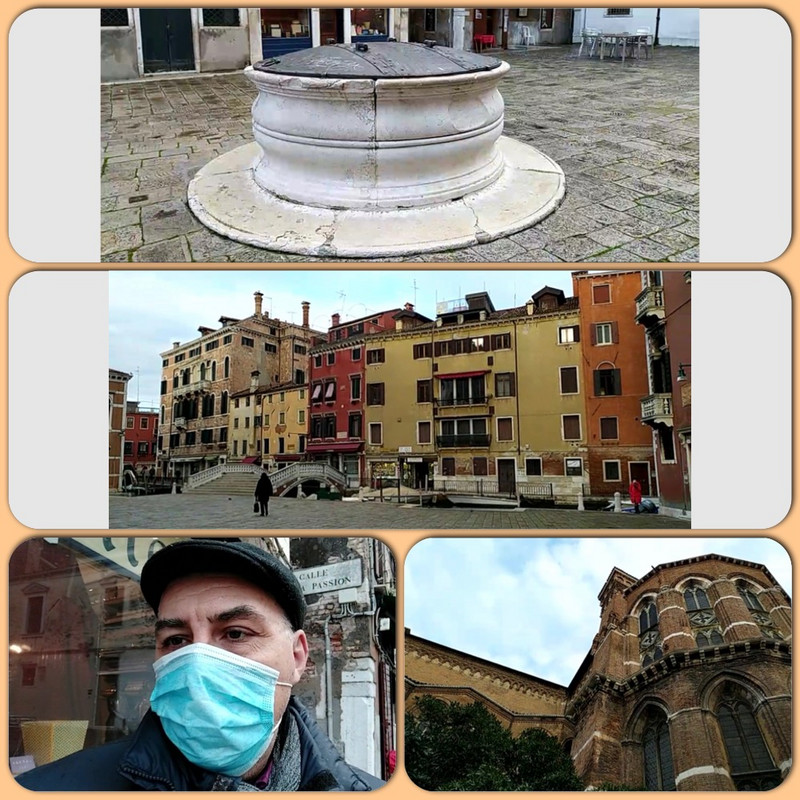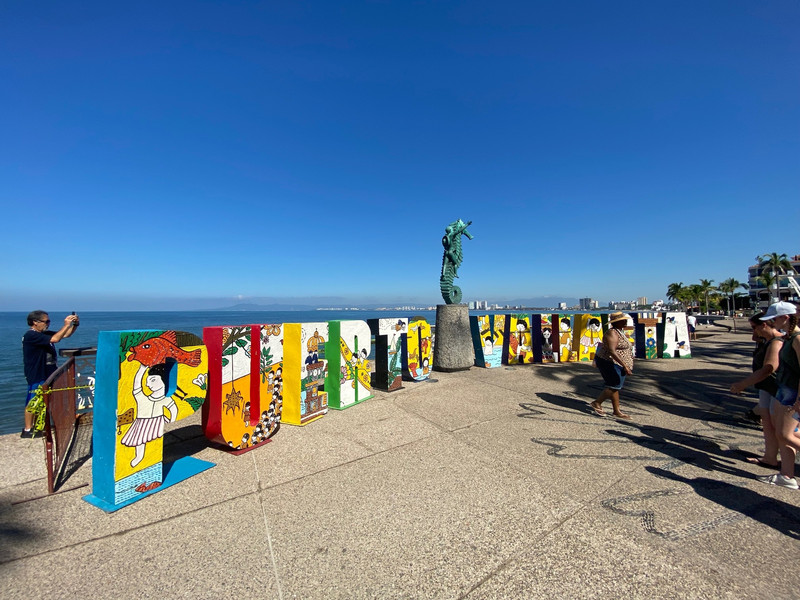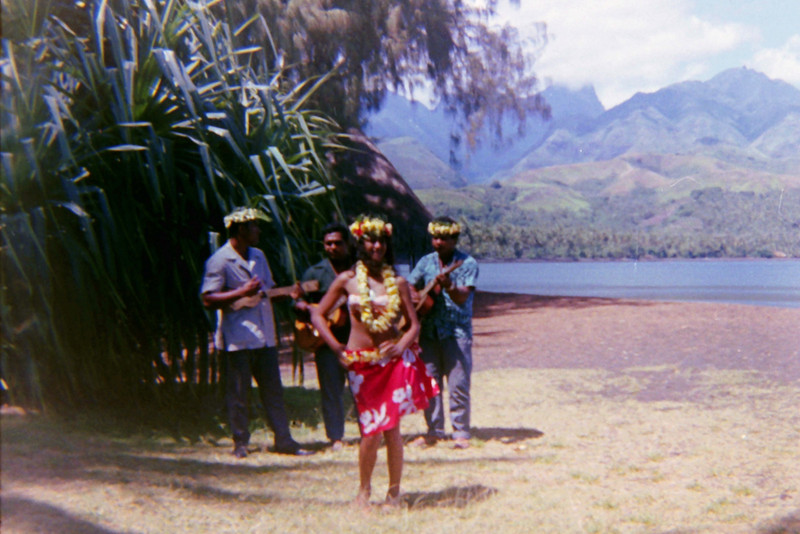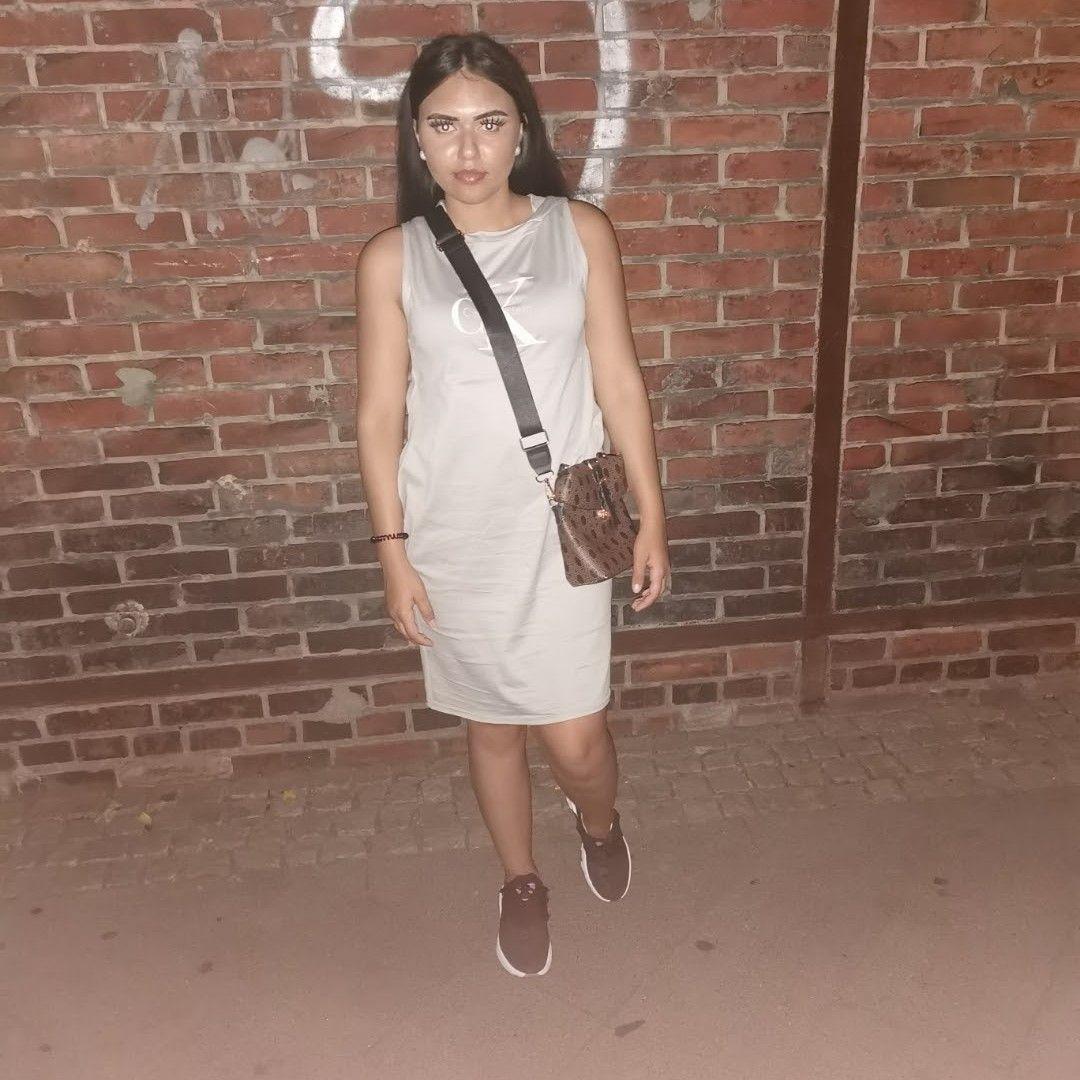We started our tour today with Andrea outside the church that was is local church and the one he has attended since a child.
The Basilica of Santa Maria Gloriosa dei Frari was built between 1236 and 1338 by the Franciscan Conventual Friars, the structure was thoroughly in the XIV century and given its present most magnificent form of central nave, two side aisles and seven apsidal chapels after the style.
Titians depiction of Mary ascending into heaven & the tomb of Antonio Canova where his heart is, literally. It is a very beautiful pyramid shaped structure, guarded by a sad, sleeping lion.
We walked through the alleyways entering many different squares, although there is only one true square in Venice ‘St.Marco what we passed through are known as ‘Compo translated means field!
are preserved in their original setting in a building that has hardly undergone any alteration since its construction.
During the time of the Venetian Republic the streets and houses had no official names or numbers at all. People would say, ‘I live in the street where the fruit shop is in the parish of ........... The only fixed marks were the parish boundaries and the six districts.
The names of Venetian streets are inscribed on limestone plaques above street level that look like small bed sheets. For this reason, these plaques are called ‘nizioleti which means ‘small sheets.
Finding a house number can be difficult due to Venices somewhat Byzantine way of numbering the houses. Numbers seem to change without logic. And look for number 1 in most streets and youre not going to find it. Unlike many things in Venice, the system is not Byzantine at all but Austrian.
On 24 September 1801, the Austrians passed a new law outlining a system for the numbering of houses. The numbers were to be stencilled in black on a white background on
each building. Later, they changed to colour of the numbers to red. For the most part, this is the system which you can still see today.
The number of houses in each district varies but, as you move across the bridges between districts there is a nizioleti stating the last building in the district.
In Compo Santa Margherita a house on its own, an unusual sight in Venice, it turned out that it was the house of an executioner.
Our next stop the Church of San Pantalon. Its facade is rather ordinary but we were able to quickly enter and WOW !The beautiful ceiling is fully covered with a huge oil paint - the most extensive in the entire world - consisting of 40 canvas.
The lodges were small apartments or rooms, where groups met, especially at night, for a variety of purposes: dancing, dinners, music & especially gambling.
were a member and allowed to enter, a small tile on the floor above is removed to reveal a small spy hole.
Another surprise - A Banksy on the wall of a derelict building - a stencil of a migrant child wearing a lifejacket holding aloft a fizzing neon pink flare.
We continued across bridges and along canals finishing at a Gondola makers premises. Eight different types of wood are used in the construction. Oak, larch, fir, linden, elm, walnut, mahogany, and some cherrywood.









